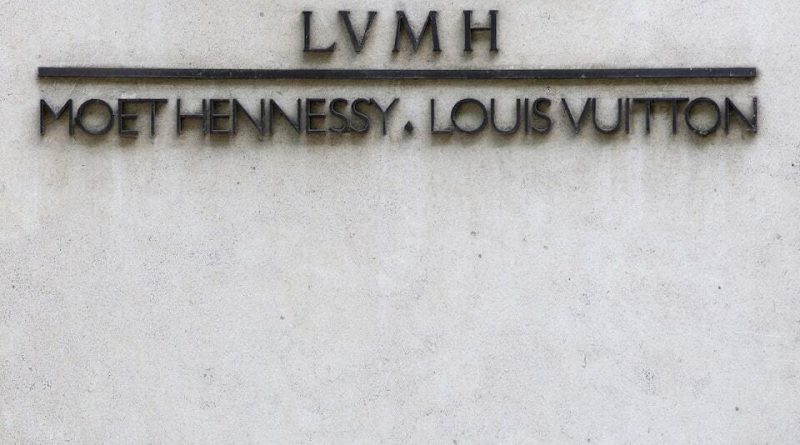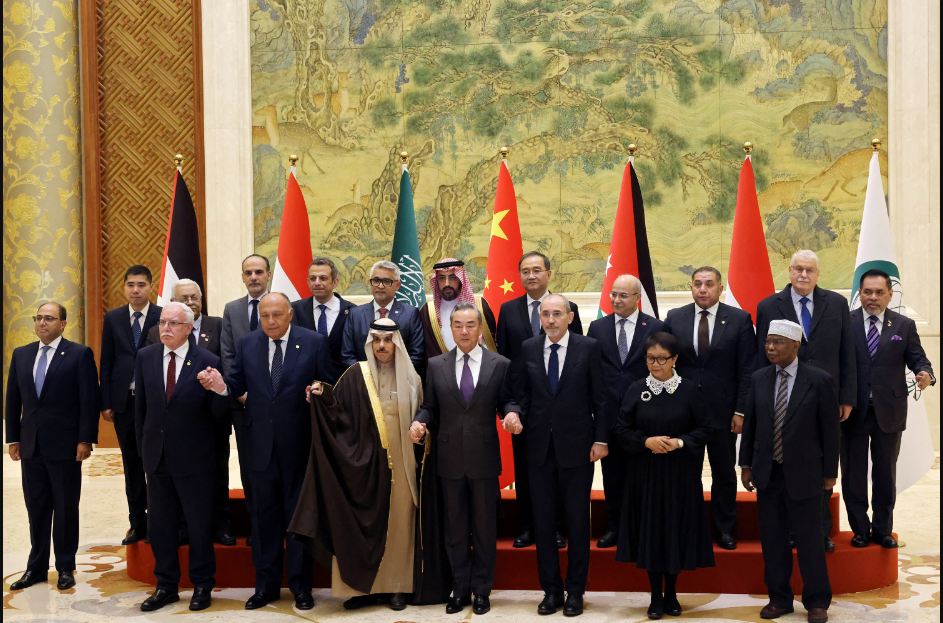LVMH Shines Again: Chinese Revival and Creative Momentum Spark Bright Turnaround for Global Luxury Leader
After months of market uncertainty, LVMH Moët Hennessy Louis Vuitton has made a strong comeback, posting its first quarterly growth of 2025.
With Chinese demand surging, U.S. investors rallying, and fresh creative energy driving its iconic brands, the world’s largest luxury house signals a new era of confidence for global fashion and prestige retail.
The world’s biggest luxury group, LVMH Moët Hennessy Louis Vuitton, has once again proven its resilience and global appeal.
The company reported a 1% rise in third-quarter sales, reaching 18.28 billion euros ($21.17 billion) — a clear indicator that luxury demand, particularly in China, is rebounding after a challenging year for the industry.
The growth marks LVMH’s first quarterly increase in 2025, offering renewed optimism to investors and setting a positive tone for the broader luxury market.
According to Chief Financial Officer Cecile Cabanis, “Mainland China turned positive in Q3,” signaling that consumer appetite in Asia’s largest market is strengthening once more
Cabanis added that while the fourth quarter will face some challenges from global currency shifts and lingering economic uncertainty, LVMH remains confident that its brands are moving in the right creative and financial direction.
The announcement sent LVMH’s U.S. shares soaring by 7.5% on Tuesday, reflecting a wave of investor confidence not only in the company’s adaptability but also in the broader potential of the luxury sector.
Analysts at Bernstein praised the company’s results, describing them as “a strong beat across divisions,” and said that the mix of improving Chinese demand and brand innovation suggested a U-shaped recovery was underway.
Resilience Through Reinvention
Despite the luxury market facing prolonged headwinds, LVMH’s ability to navigate shifting global dynamics highlights the power of strategic reinvention. The fashion and leather goods division, which includes legendary labels such as Louis Vuitton and Dior, saw a 2% year-on-year dip — a notable improvement from the 9% decline recorded after the second quarter.
The results exceeded analyst expectations, signaling that consumer demand for premium goods is stabilizing.
LVMH’s diversified portfolio — spanning fashion, jewelry, wines, spirits, perfumes, and retail — helped cushion the impact of global economic fluctuations.
Beyond its iconic handbags and haute couture, the company’s other brands such as Tiffany & Co., Moët & Chandon, and Sephora continued to perform steadily, reflecting the power of brand loyalty and innovation.
Cabanis emphasized that the group’s progress represents a “gradual sequential improvement” rather than a short-lived bounce.
She noted that the company’s “new creative direction” across several fashion houses is already beginning to yield results, attracting younger consumers and energizing LVMH’s brand image across markets.
Creative Vision Meets Investor Confidence
One of the key drivers behind LVMH’s renewed success is its commitment to creativity. Under the leadership of Chairman and CEO Bernard Arnault, LVMH has reshuffled creative leadership across major houses like Dior, Celine, Loewe, and Fendi, ushering in what analysts are calling a “burst of creativity” in luxury fashion.
This bold move has breathed new life into product lines, store designs, and digital experiences, helping the company stay ahead in a competitive and fast-evolving market.
Since its last trading update in July, LVMH shares have risen 13%, reclaiming its position as France’s most valuable company after briefly losing the crown to rival Hermès earlier this year.
Investors are increasingly optimistic that the luxury sector’s downturn is bottoming out, and LVMH’s performance serves as proof that brand strength and long-term vision can weather even the toughest market conditions.
Analysts at Morgan Stanley recently released a note describing LVMH’s strategy as “the right blend of affordability, innovation, and prestige”, pointing to the group’s ability to appeal to both established high-end clients and new luxury entrants.
A Positive Outlook for the Global Luxury Market
The luxury sector has faced multiple challenges this year — from tariffs and inflation to China’s property market woes — yet LVMH’s performance shows that the market remains resilient and adaptable. The company’s success in reviving growth underscores the enduring global demand for craftsmanship, heritage, and innovation.
Furthermore, the positive results come at a time when investor sentiment toward the luxury industry is improving, with many analysts forecasting that the worst may be over. As Cabanis summed up, “Sustained improvement will take time, but we’re seeing the right momentum — both creatively and commercially.”
LVMH’s journey reflects more than financial resilience; it is a story of vision, leadership, and adaptability in a rapidly changing global landscape. With creative brilliance steering its heritage brands and demand in China rebounding faster than expected, the group’s latest results reaffirm LVMH’s position not just as a market leader, but as the beating heart of the modern luxury economy.



